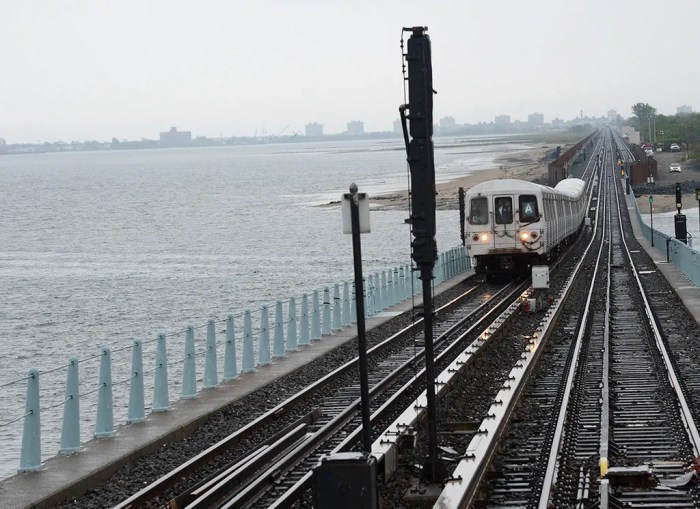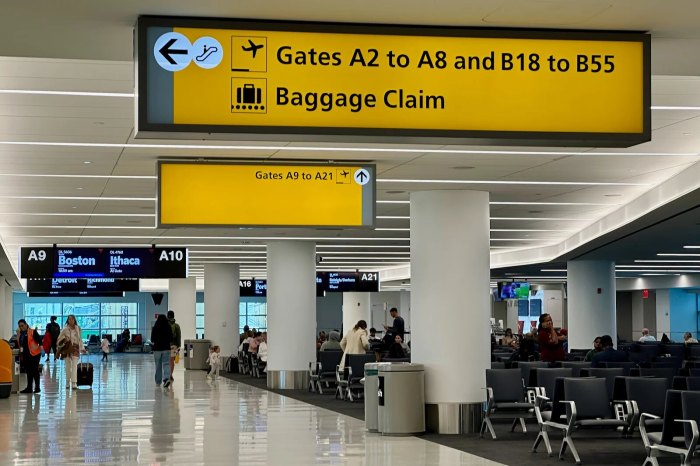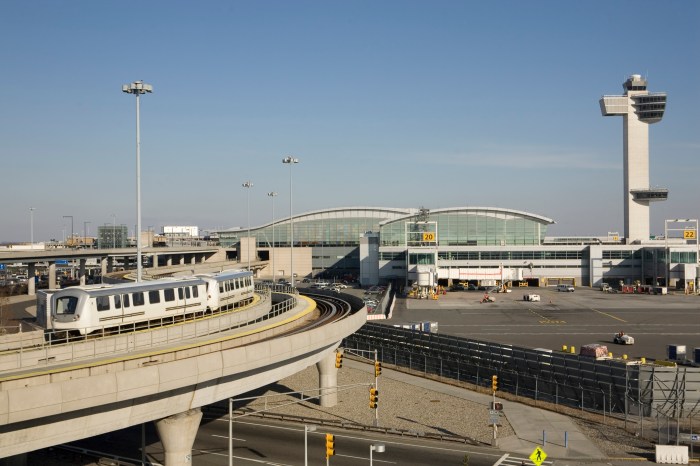By Philip Newman
The MTA’s financial picture has improved over its plight of six months ago due to what it called “hard choices,” lower health and pension costs and increased revenue from fares, tolls and taxes.
The transit agency’s fiscal situation brightened even though the Metropolitan Transportation Authority added hundreds of millions of dollars in debt in settling labor negotiations with the MTA’s own workers and those of the Long Island Rail Road.
The MTA announced the exhaustive details of its July plan for a $14.5 billion budget and financial plan at the monthly meeting Monday of the MTA board.
Despite improving finances, the agency indicated that the 4 percent subway and bus fare increases long planned for next year will go ahead.
MTA Chairman Tom Prendergast said the financial plan, explained in detail by MTA Chief Financial Officer Robert Foran, was a demonstration of “hard choices.”
“The plan fits within our revenue projections,” Prendergast said.
“It will accommodate recent collective bargaining agreements without necessitating any increases to fares and tolls beyond any of those which had already been prescribed,” he said.
The MTA said the plan makes “several long-term trade-offs to ensure revenues meet ongoing obligations.”
Last month the MTA reached an agreement with the Long Island Rail Road’s eight unions on a new contract for a 17 percent wage increase over six years, some employee contributions to the health plan and different wage steps for new employees. The accord averted a threatened strike.
The new four-year contracts with MTA and LIRR workers are expected to cost about $1.5 billion.
“Over the four-year period, supplemental contributions to an LIRR pension plan totaling $110 million will be eliminated, though all actuarially-required contributions will continue, the MTA said at the meeting. “Also, $254 million will be withdrawn and additional contributions totaling $533 million will be suspended for four years, from a discretionary fund for future retiree health benefits which has no mandatory funding level.
The agency pointed out that the plan reduces funding for the MTA Capital Program by $80 million per year.
Although the MTA’s financial situation is far from ideal, it is much improved over the straits the agency faced in 2010 when the agency carried out wholesale cuts and curtailment in the subway and bus system, including bringing about the end of the W subway line, which served Queens.
It was then that the MTA also began a massive program of cuts and consolidation throughout its own headquarters.
Reach contributing writer Philip Newman by e-mail at timesledgernews@cnglocal.com or phone at 718-260-4536.


































